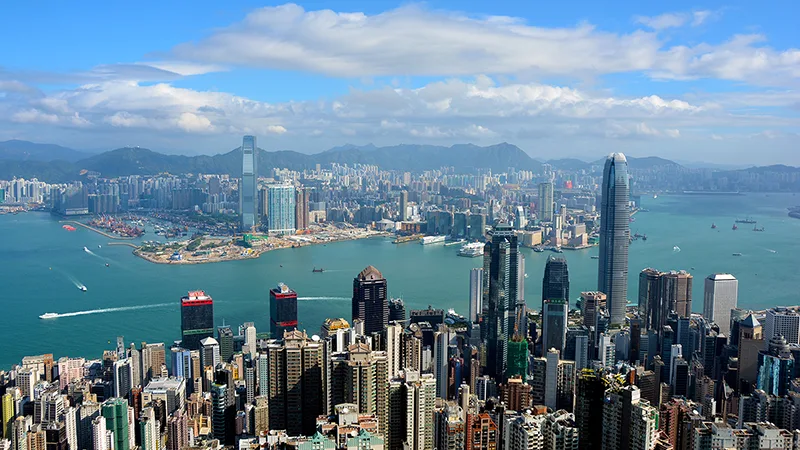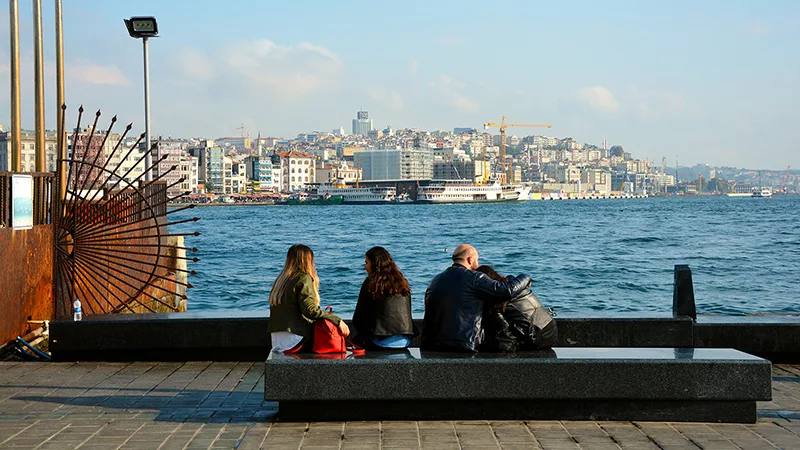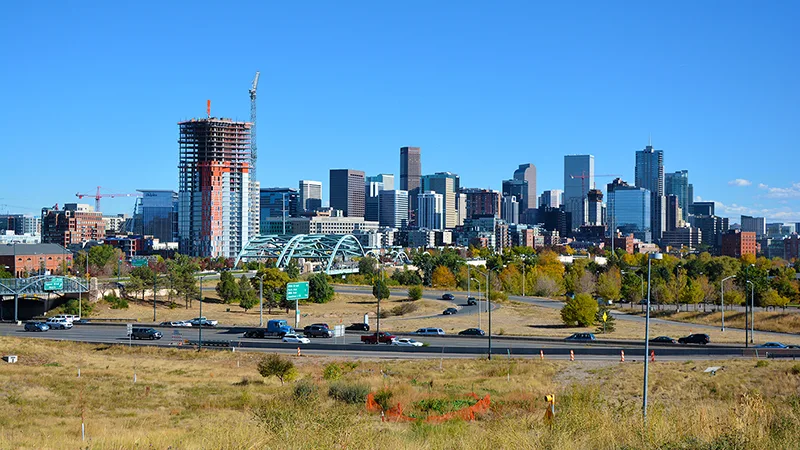
Why I Visited Phnom Penh Instead Of Siem Reap
Most people who visit Cambodia will go to Siem Reap and the world-famous Angkor Wat. But when I had the opportunity to only visit one destination in the country I never doubted that I wanted to visit Phnom Penh instead - and I don't regret my choice. Even when you're in Phnom Penh it's obvious which destination is the most popular in the country. It's hard to find souvenirs for Phnom Penh, the souvenir stands in the markets mostly offer souvenirs from Angkor Wat over 300 kilometers (190 miles) away.
I can understand why Siem Reap is more popular. The temples at Angkor Wat do look very impressive in photos, and one day I might come back to Cambodia and visit them. But I wanted more than that. When I looked into the full perspective of what the cities had to offer I felt that Phnom Penh had a larger variety of sights and more sights in general. Angkor Wat is still the number one sight of Cambodia. I can't argue with that. If you can you should visit both. But if you only have the opportunity to visit one I would like to put in some arguments for why Phnom Penh might be the chosen destination. Because when looking at everything else I found that Phnom Penh felt more interesting.

Mekong River
Advertising
What truly got me interested in visiting Phnom Penh was the architectural heritage that the French left from the colonial period. The city was once called "The Pearl of Asia" due to how beautiful it was with colonial architecture and grand boulevards. Not all of that beauty remains today, in fact, much of it is gone. There are still areas and scattered buildings left. If you want to see the historic "Pearl of Asia" you need to plan your trip to Phnom Penh soon. In its place, a modern city is evolving, which is positive in many ways too. I don't think I've ever been in a city where there's been so much construction as it was in Phnom Penh. Some intersections had construction sites at all four corners. I'm aware that Siem Reap also has a lot of French Colonial architecture, but only Phnom Penh got its nickname from the architectural beauty it once had.
Siem Reap is superior when it comes to older history. It was the capital and center of trade for the region that is today Cambodia for several hundreds of years before the French colonization. However, if you're interested in more recent history then Phnom Penh is the place where most of it has taken place. Unfortunately, that history is very dark. The dark history of Cambodia during the mid-1900s has fallen a little bit in the shadows of the Vietnam War. At the same time as the war in neighboring Vietnam, Cambodia did also go through a bloody Civil War. The two wars are to a large extent intertwined and they can, and should, be seen together rather than two separate events. The Cambodian Civil War was fought between the years 1968 - 1975, it was then followed by the Cambodian Genocide between 1975 - 1979. The country was at that time known as Kampuchea and ruled by the Khmer Rouge and dictator Pol Pot. There are several historic places and memorials to the atrocities that were conducted during this time in and around Phnom Penh. It might not be a fun thing to do on a vacation to go visit places where genocide was carried out less than 50 years ago, but it's very educational and it's important to remember, understand and not forget things like this to avoid it happening again.
There are two places you need to visit to get the full picture of just how horrible the events of the Cambodian Genocide truly were. Inside the city limits, there's the Tuol Sleng Genocide Museum (also known as Security Prison 21, or S-21). Not far outside the city, several areas are known collectively as "The Killing Fields", and it is exactly what you might think it is by reading that name. The most famous is Choeung Ek, located 17 kilometers (11 miles) south of Phnom Penh. The recommendation is to visit them both on the same day, starting with Tuol Sleng, and then take a motorized tuk-tuk to Choeung Ek.

Choeung Ek
Tuol Sleng Genocide Museum is a former elementary school that was used as a secret prison where extensive acts of torture were conducted on the prisoners, who often were political. The admission fee for Non-Cambodian adults is $5, and you can get an audio tour for an additional $3. The audio tour is highly recommended! Photography is allowed, except in certain sensitive areas. The entrance is found on the corner of Street 113 and Street 350. It can be hard to find.
The mass graves at Choeung Ek, containing at least 8,895 bodies, were not found until after the fall of the Khmer Rouge. In total more than a million people were executed all over Cambodia in the Killing Fields. Choeung Ek site today consists of a Buddhist stupa and pathways leading you around the area to various sites where certain horrific crimes were conducted or where specific mass graves have been found.

Tuol Sleng Genocide Museum
Advertising
I like to visit places with an active street life and it felt like Phnom Penh would be better in that regard. After visiting I'm very happy with how that turned out because the street life in Phnom Penh is very interesting to observe. It's a much larger city than Siem Reap. Phnom Penh have almost 2.3 million inhabitants while Siem Reap have just 250 000. So naturally, the number of sights will be much higher and more diverse in Phnom Penh than in Siem Reap.
Among the many things you can do in Phnom Penh is to visit one of the markets. The largest and most famous is the Central Market (Phsar Thom Thmey). Built in Art Deco style by the French in 1937 it was one of the largest markets in Asia at the time of opening and still functions as a marketplace for the local population. There are also other markets such as Orussey Market and Old Market. All of them in the central areas of the city and all of them with slightly a different feel and focus. When you're done shopping you can go down to the river and take a relaxing stroll along Sisowath Quay and watch the Mekong flow by as you look at the architecture and street life.
Other sights in the city are Wat Phnom, a 14th-century pagoda, and also what gave the city its name. The Independence Monument, a large national monument signifying the independence for Cambodia from the French, is a sight best viewed from a distance since it's located in a roundabout. The Royal Palace is another major sight that you need to make time for and nearby you will also find the National Museum of Cambodia. In other words, Phnom Penh has a wide variety of sights.

Central Market


